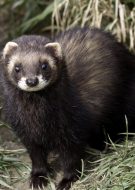
We analysed stomach contents from 99 polecats collected in 2012-2016 and compared results with earlier studies.
Download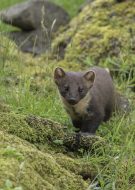
We investigated the short-term effects of exposure to translocated pine martens on the space use and survival of resident grey squirrels.
Download
This paper examine functional connectivity of greater horseshoe bats (Rhinolophus ferrumequinum) at a local scale using Circuitscape software.
Download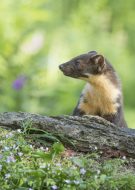
This paper compares the efficacy of three survey methods (live trapping, hair tubes and scats) for estimating abundance and population density of the European pine marten (Martes martes) in Galloway Forest, Scotland.
Photo: ©Robert Cruickshanks
Download
According to the data of the EUROBATS Agreement, a deserted system of World War Two defensive tunnels in northwest Poland is now ranked in top 10 largest bat hibernation sites in Europe with numbers of hibernating bats exceeding 39,000 individuals in some years. This paper highlights the research over 45 years to survey the bat species using these underground tunnels.
Using photographs to count the large clusters of hibernating bats. Photo: ©Henry Schofield
Download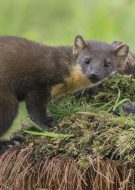
This paper looks at how including both hair and scat samples improves the detection of individual pine martens in non-invasive studies.
Photo: ©Robert Cruickshanks
Download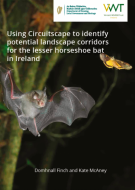
This report presents the results of a modelling study funded by National Parks and Wildlife Service during 2020. The study investigates the gaps in the distribution of the lesser horseshoe bat in Ireland over its entire range, incorporating datasets on land cover, roads, linear habitat features and density of artificial lighting, to produce a baseline map of potential ecological corridors to connect lesser horseshoe bat sub-populations.
Download
The 2019 All-Ireland Squirrel and Pine Marten Survey was published in June 2020 and was made possible by members of the public who submitted their sightings of red and grey squirrels and pine martens across the island of Ireland during 2019. The project was led by NUI Galway in partnership with VWT, Ulster Wildlife, the National Biodiversity Data Centre and the Centre for Environmental Data and Recording in Northern Ireland. It was funded by the National Parks and Wildlife Service.
Download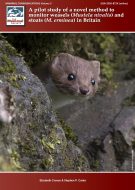
In this paper, we present the results of a pilot study to trial the efficacy of a novel method for detecting the distribution of weasels and stoats in Britain, and we discuss its potential application for wide-scale monitoring.
Download
This paper compares and contrasts the recent history and population status of Britain’s native mammalian carnivore species from the 1960s to 2017.
Photo: ©Frank Greenaway
Download